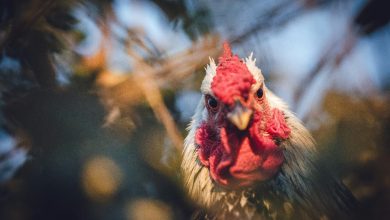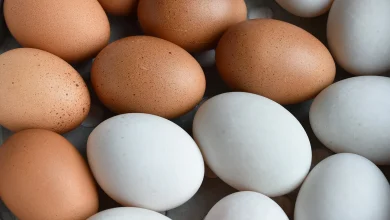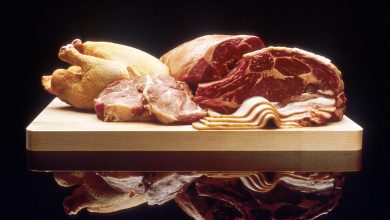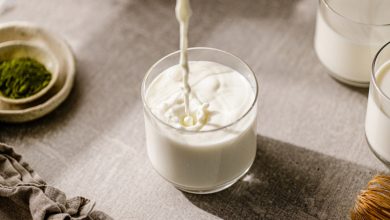Complications of poultry and its management during rainy season
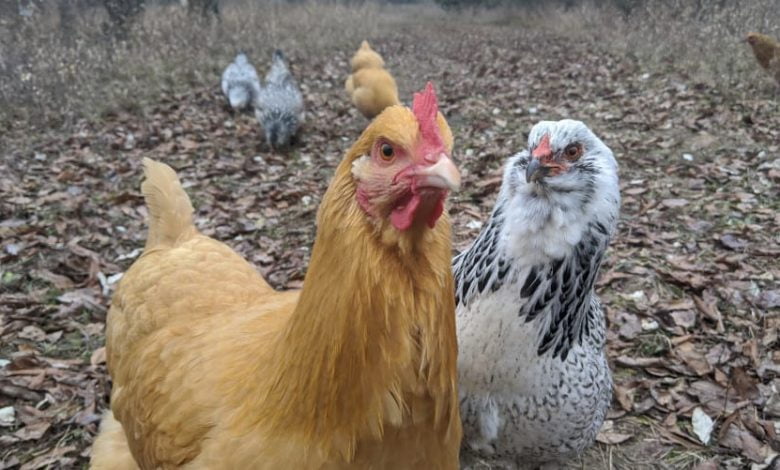
Complications of poultry and its management during rainy season
1Mansi Mehra and 2Neeraj Kumar
1BVSc & AH, College of Veterinary and Animal Sciences, G.B. Pant University of Agriculture and Technology, Pantnagar, Uttarakhand
2PhD, Division of Veterinary Pathology, Deemed University IVRI, Izatnagar, Bareilly, U.P.
Introduction
After a long wait, monsoon is finally here. Though the onset of monsoon has given relief from the unbearable heat, the season also brings along a lot of problems including respiratory diseases, recurring mortality, management of feed and bedding material. The combination of humid climate, heavy rains, and strong winds easily spread infectious diseases. Due to locked humidity in the atmosphere and stagnant water at several places, the weather becomes favourable to water-borne insects as well for breeding purpose. Breeding results in an increase in the number of rain insects, flies and mosquitoes. Although monsoon is a good season for increased feed efficiency in both layer as well as broiler but some mismanagement may lead to complications of poultry. We take certain precautions very seriously in order to prevent such problems and to get the most out of the poultry in terms of production, growth, mortality, and FCR.
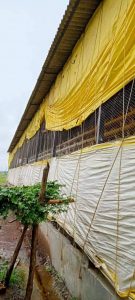
- Monsoon is a season that brings following diseases in poultry –
- Coccidiosis– Coccidiosis is one of the most important and widespread diseases of poultry which is caused by at least 8 species of coccidia of which the most important ones are Eimeria tenella and Eimeria necatrix. tenella causes caecal coccidiosis usually in young chicks and E. necatrix causes intestinal coccidiosis in more mature birds. Acute caecal coccidiosis is characterized by passage of blood in the faeces. Faeces will show a large number of oocysts after the seventh day of infection. In layers affected with intestinal coccidiosis, egg production will go down considerably. Presence of blood in faeces is usually diagnostic of coccidiosis.
- Aspergillosis (Brooder Pneumonia)- It is fungal disease caused by Aspergillus fumigatus and is often associated with bad management. It is seen when mouldy feed or litter is used or when there is gross overcrowding. Mould spores attach themselves to damp surfaces. When it rains or even when the air is particularly humid, surfaces can become damp, allowing for mould spores to latch on and grow. The symptoms are not very characteristic and may include difficult respirations and gasping movements. Eyes may be inflamed and there may be cheesy deposits in the conjunctival sacs. On post mortem examination cheesy white nodules or concave disks are seen on lungs or air sacs.
- Red mite infestations (Dermanyssus gallinae) – An infestation of red mites are also common during this season that are blood-feeding ectoparasites living in small cracks inside poultry houses, causes skin irritation, stress and a reduction in egg numbers. In extreme cases, birds will become anaemic and can even die.
- The poultry feed gets contaminated with fungi due to the wet season- Because in rainy season temperature is hot and humidity is maximum on which fungal growth is extensive. The poultry feed in prone to contamination of fungi. Intake of this may lead to mycotoxicosis like Aflatoxicosis which is a toxic condition of poultry widely prevalent in all parts of the country caused by fungal toxins and characterized by hepatic lesions, immunosuppression.
- Increased dampness during monsoon house due to closure of curtains for long time to protect the birds from rain affects the ventilation of poultry- Ventilation is required to provide fresh air by removing subnoxious gases like CO2, CO and ammonia in the house for healthy respiration and dryness in the shed.
4.High moisture build up in bedding material– Excess moisture in bedding material increases the incidence of blisters and bruising in the feet of poultry. It also builds up offensive smell in the farm. The ideal is to maintain litter moisture levels at between 21 and 25 per cent. When the litter exceeds 30 percent, ammonia production will increase as temperatures go up. To estimate the moisture content of your litter, squeeze a handful of it into a ball. If it sticks together in a ball, it is too wet. If it only adheres slightly, it will have the proper moisture content. If it doesn’t adhere at all, it may be too dry, which is also a problem.
Management–
The managemental preparation of rainy season are started from the summer season onwards.
- There should be clear area of about 4-5 meters around poultry house, free of vegetation or water logging structures with proper drainage away from the poultry house
- A curtain covering only upto the level of birds in (cage system) and half of the farm height of farms (in case of broiler) to protect birds from direct draft of cold wind and to warm the house.
- The first wise decision is choosing a suitable litter substance. The litter should be well-absorbent, soft, non-dusty, quick-drying, non-cake-forming, free of foul odours, non-toxic to chicken, and devoid of sharp things.
- Depending on availability, a variety of materials can be utilised, including wood shavings, laddy husk, cut sugar cane bagasse, hulls of cotton, soy, and sunflower seeds, crushed maize cobs, maize bran, chopped straw or chaff, dried leaves, and grass. Wood shavings are without a doubt regarded as the best litter material out of all of them.
- Stocking extra litter (rice husk/ ground nut husk/ saw dust) to change in case of wet litter. Racking of litter and removal of wet litter from the farm.
- Repairing the farm for rat holes, any cracks on the wall /roof.
- Taking care of raw feed material and stocking feed in a good place so that it doesn’t get caked. Avoid feeding caked feed as it may can cause fungal toxicity. The feed and feed ingredients must be well stored for a shorter period, with less than 11% moisture and free from fungus growth. In protect feed from fungal toxicity the feed should be made with good quality toxin binder.
- 5-extra 2″ sledge is left on the roof so that water do not enter directly to farms.
- The prevention and control of coccidiosis and other diseases is based on two main principles: good hygiene and use of coccidiostats. The following principles should be followed: avoid overcrowding, rear chicks if practicable on wire netting floors which should be cleaned daily. Preventive doses of medications against colibacillosis, mycotoxicosis and coccidiosis may be given before commencement of rainy season.
- Water reservoirs and sources must be disinfected regularly.
- Litter material must be changed at start of rainy season and wet litter must be replaced from time to time
Conclusions
Farmers that raise poultry must be ready for wet season. To stop the spread of any harmful poultry diseases, adequate hygiene measures must be implemented. The kind of management strategy used and the farm’s level of vaccination are the main determinants of the severity of disease incidence, morbidity, and death rates during the rainy season. Therefore, during the rainy season, poultry producers are urged to undertake sanitary management measures.

